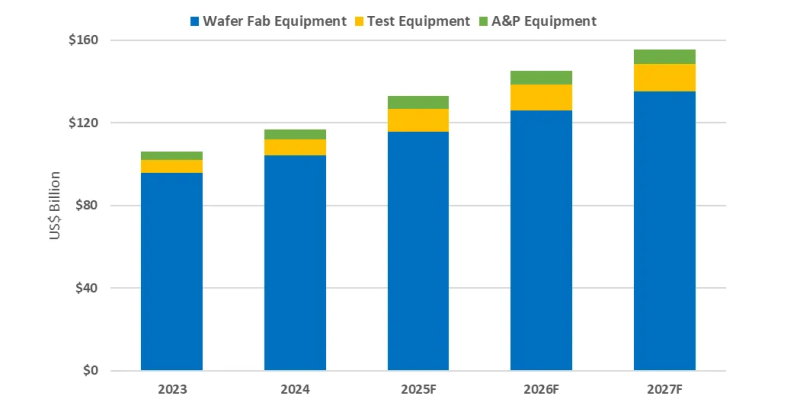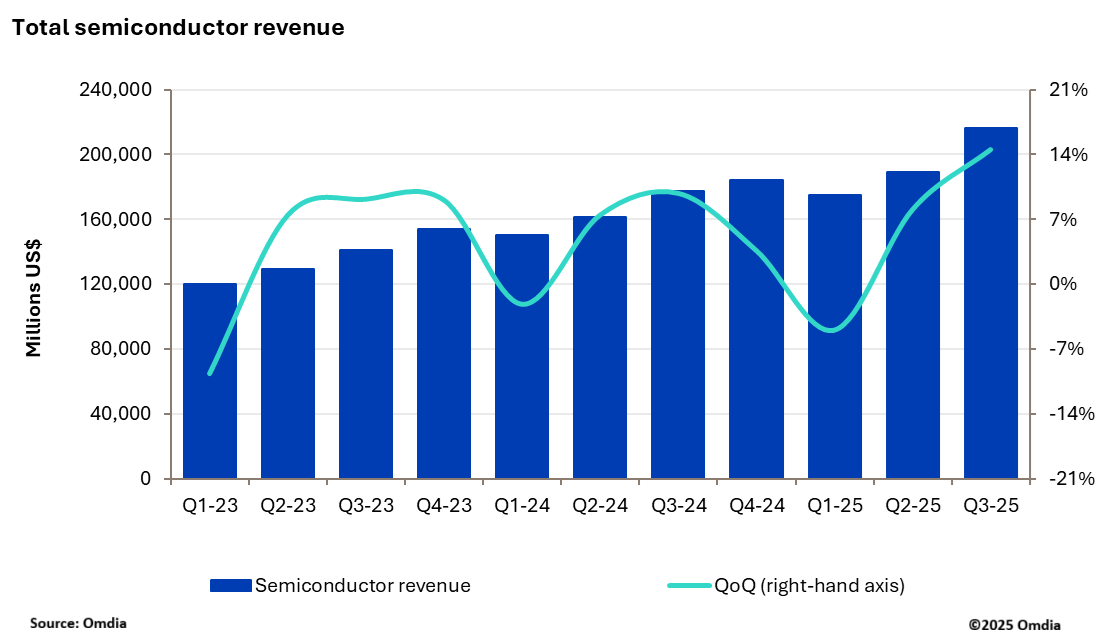ordic Semiconductor has taken 5GHz radios out of its recent nRF7002 Wi-Fi 6 companion IC, to create the 2.4GHz-only nRF7001.
“nRF7001 lowers the cost of the bill-of-materials for designs requiring single band capability for smart home, smart city, industrial automation and other low power Wi-Fi IoT applications”, it said. It “offers all the Wi-Fi functionality of the nRF7002, including compliance with the latest standard and power saving features”.
As a radio companion, it can be used with the company’s nRF52 (Nordic suggests the nRF52840) and nRF53 multi-protocol systems-on-chip ICs, the nRF9160 cellular IoT (LTE-M/NB-IoT) system-in-package, and third-party comms ICs.
Amongst its features are secured Wi-Fi connectivity, Wi-Fi-assisted location based on SSID (service set identifier) scanning, Station (STA), software-emulated Access Point (SoftAP), Wi-Fi Direct operation and compatibility with Wi-Fi 4 (IEEE 802.11b, a, g, n) as well as Wi-Fi 6 (ax). Target Wake Time (TWT) is supported for power saving.
Interfacing with its host is via SPI or Quad SPI (QSPI), and the output is a single spatial stream, 20MHz channel bandwidth, 64 QAM (MCS7), OFDMA, up to 86Mbit/s PHY throughput and BSS colouring.
Packaging is 6 x 6mm QFN.
To support design, the existing nRF7002 development kit can be used, as nRF7001 emulation on that is supported by the ‘nRF Connect’ SDK (software development kit).
Stay up to date with the latest in industry offers by subscribing us. Our newsletter is your key to receiving expert tips.

Worldwide semiconductor equipment sales are projected to grow 13.7 percent in 2025, reaching a record 133 billion dollars, Semi announced at Semicon Japan. This momentum is expected to continue throug

The smartphone industry is facing considerable cost challenges in 2026 amid ongoing memory supply shortages and rising prices. This situation is expected to lead to a 1.6% decrease in annual shipments

New research from Omdia shows that the semiconductor market delivered a record breaking performance in 3Q25 with industry revenue reaching $216.3bn, up 14.5% quarter-over-quarter (QoQ). This marks the